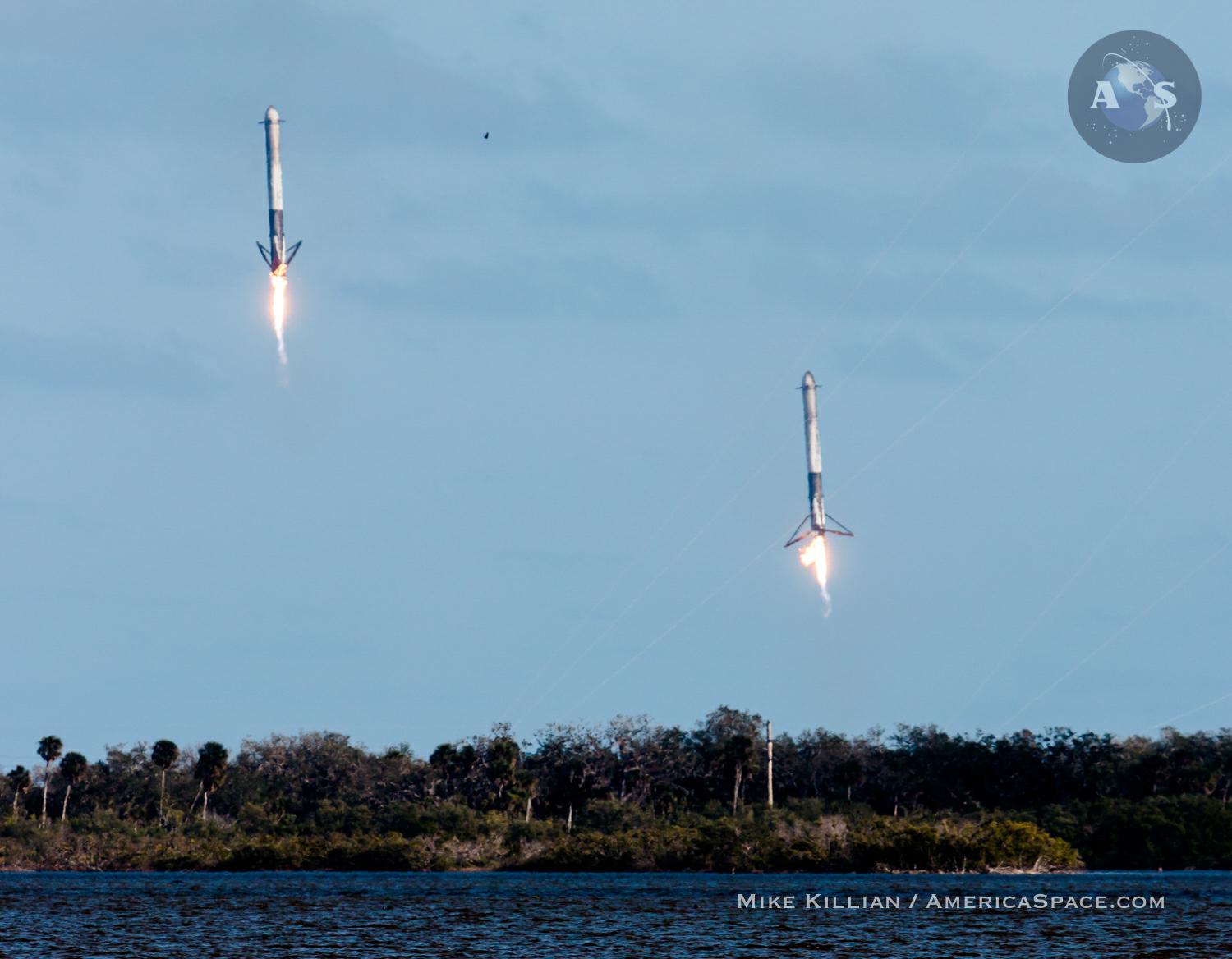
The Nation’s advanced technology service providers will be looking to NOAA for the alerts, watches and warnings needed to protect lives and livelihood and to ensure continuity of critical operations.ĭSCOVR was originally built in the 1990’s and was kept in storage at the NASA Goddard Space Flight Center until 2008 when it was removed for testing and subsequent refurbishment. Aircraft that fly polar routes now include space weather as an integral part of pilots’ weather pre-briefs, which provide the current status of the flight environment including potential impacts to critical communication and navigation systems, and the potential for hazardous solar radiation exposure. Our national security and economic well-being, which depend on advanced technologies, are at significant risk without accurate advanced warnings of impending geomagnetic storms. NOAA will provide these critical services by supplying geomagnetic storm warnings to support key industries such as the commercial airline, electric power and GPS industries. Without timely and accurate alerts and warnings, space weather has demonstrated the potential to disrupt virtually every major public infrastructure system, including transportation systems, power grids, telecommunications and GPS. Solar wind observations are the only data source to support 15 to 60 minute lead time for geomagnetic storm warnings. NOAA and the USAF had DSCOVR removed from storage and tested in 2008, and the same year the Committee on Space Environmental Sensor Mitigation Options (CSESMO) determined that DSCOVR was the optimal solution for meeting NOAA and USAF space weather requirements.

The mission was canceled and the satellite was put into storage in 2001. Before the mission was cancelled, Triana was scheduled to fly on the ill-fated STS-107 flight of Columbia. NOAA and its partners have worked to keep the development of DSCOVR on schedule in order to continue these critical observations.ĭSCOVR (formerly known as Triana) was originally conceived in the late 1990s as a NASA Earth science mission that would provide a near continuous view of Earth and measure Earth’s complete albedo. ACE is the only current satellite providing real-time solar wind observations from the Lagrangian point 1 (L1) orbit, approximately 1 million miles away from Earth, and it is well past its design life. Photo Credit: Jared Haworth/Spaceflight InsiderĭSCOVR will succeed NASA’s Advanced Composition Explorer ( ACE). Hans Koenigsmann of SpaceX and Mike McAlaneen from the 45th Weather Squadron discuss the health of the launch vehicle and weather conditions ahead of the DSCOVR launch.


 0 kommentar(er)
0 kommentar(er)
